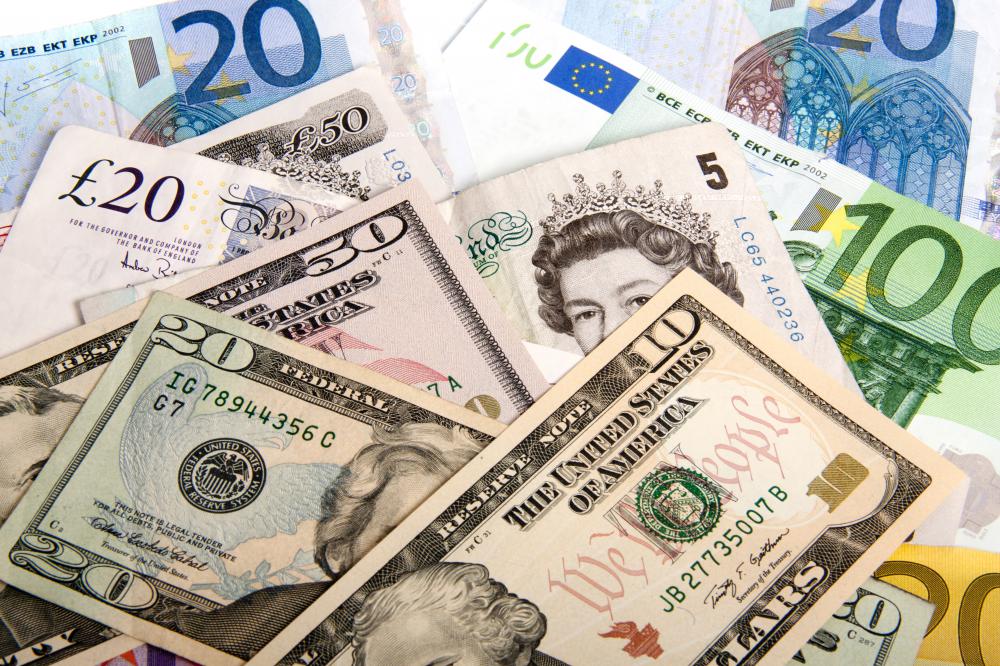At WiseGEEK, we're committed to delivering accurate, trustworthy information. Our expert-authored content is rigorously fact-checked and sourced from credible authorities. Discover how we uphold the highest standards in providing you with reliable knowledge.
What is the Currency Band?
A currency band, also known as a target zone, is the range within which an exchange rate with a particular foreign currency is allowed to fluctuate. Exchange rates are produced by the international financial market. They depend on investors’ expectations, which in turn are based on the monetary policies of the country in which the currency is based. When a country implements a currency band, its monetary policy becomes dependent on the behavior of a target foreign currency because the financial regulatory body must make decisions that cause the value of the local currency to change in a way that approximates changes in the value of the target currency. The target zone approach preserves some of the country’s monetary independence because it does not need to maintain the exchange rate at an exact level.
Currency bands are a compromise between floating, or unregulated, exchange rates and fixed exchange rates, where the currency is said to be pegged to a foreign currency. The International Monetary Fund, which was created by the Bretton Woods agreement at the end of World War II, was created with a framework of fixed exchange rates. The system broke down because of its inflexibility; countries wanted to use monetary as well as fiscal tools to promote stability in their domestic economics. Despite a defense of floating rates published in 1953 by Milton Friedman, worries about the instability of unregulated exchange rates persisted. Currency bands combined aspects of both systems.

The original rationale behind the introduction of currency bands was the stabilization of investment. By approximately fixing exchange rates, they discourage speculation by investors hoping to take advantage of jumps in exchange rates. They also give investors a reference point on which to base their expectations of future exchange rates. Countries can inspire confidence in their currency by creating a currency band that links the currency to a reputable target currency. A currency band also allows the country or monetary union some independence in its monetary policy relative to fixed exchange rates, mitigating concerns about credibility.
The independence that the currency band was designed to allow, however, can be a source of instability, and the credibility problem is not completely solved. If the exchange rate ventures to the extremes of the allowable range, the central monetary authority can decide that bringing it back to the center would be too difficult or would involve policy challenges that it does not want to make. Instead, it can realign the band to create a new target exchange rate. Expectations of realignment can lead investors to engage in a speculative attack, where they buy bonds in one currency and avoid the other because they think the exchange rate will change in a way that will make their purchases profitable.
AS FEATURED ON:
AS FEATURED ON:











Discuss this Article
Post your comments